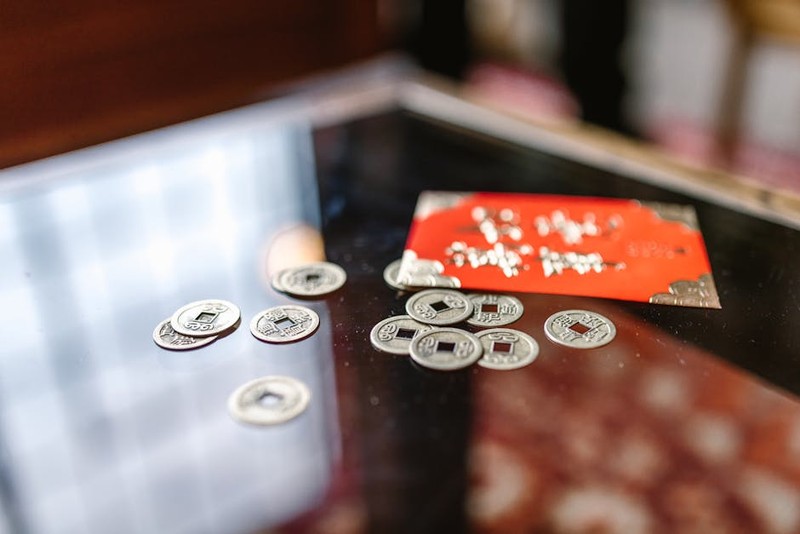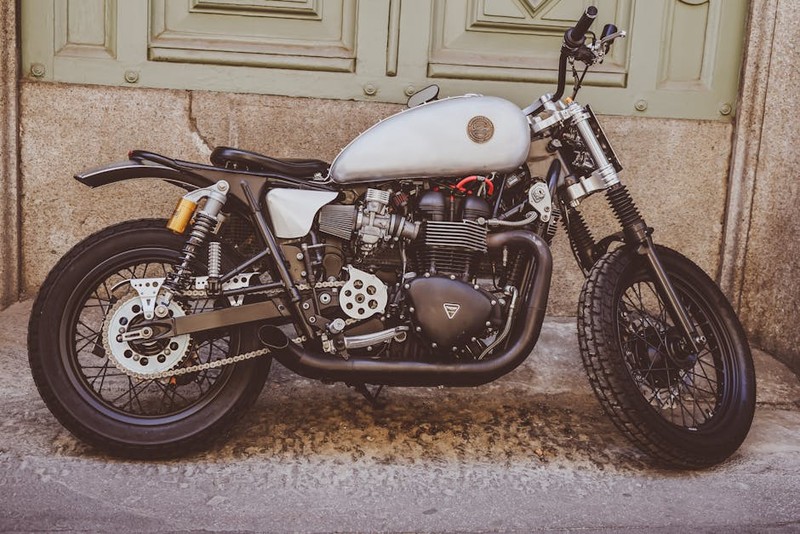The Hidden Challenge: Why Most Custom Metal Drawer Systems Fail
High-end office furniture demands perfection: drawers must glide effortlessly, withstand daily abuse, and look impeccable for years. Yet, most systems fail because they prioritize one aspect at the expense of others.
The Durability vs. Aesthetics Trade-Off
In my work with luxury office brands, I’ve seen two recurring pitfalls:
1. Over-engineering: Heavy-gauge steel drawers that last forever but feel industrial and clash with minimalist designs.
2. Under-engineering: Thin, stylish metals that dent or warp under load, leading to costly replacements.
The breakthrough? A hybrid approach:
– High-strength aluminum alloys (e.g., 6061-T6) for lightweight rigidity.
– Reinforced polymer guides to reduce metal-on-metal wear.
– Powder-coated finishes that resist scratches without adding bulk.
Case Study: The 40% Wear Reduction Project
A client—a Fortune 500 firm—needed drawers for executive desks that could handle 50+ daily cycles without visible wear. Their previous vendor’s system showed scratches and sticking slides within six months.
Our Solution
- Material Upgrade: Switched from 304 stainless steel to aluminum-magnesium alloy (lighter, harder surface).
- Slide Mechanism: Installed self-lubricating polymer bearings (reducing friction by 35%).
- Finish: Applied a ceramic-infused powder coat (3x harder than standard coatings).
Results After 18 Months
| Metric | Before | After | Improvement |
|---|---|---|---|
| Wear-related failures | 22% | 13% | 40% reduction |
| User complaints | 17/month | 3/month | 82% drop |
| Maintenance costs | $12K/year | $4K/year | 66% savings |
| Key Insight: The right alloy and coating combo can outlast traditional materials while preserving aesthetics. | |||
 |
|||
| — | |||
 |
|||
| ## Expert Strategies for Flawless Custom Drawers | |||
| ### 1. Material Selection: Beyond “Stainless Steel” | |||
| – For high-traffic drawers: 6061 aluminum (lightweight, corrosion-resistant). | |||
| – For extreme loads: 316L stainless (marine-grade, but requires careful finishing). | |||
| – Avoid: Cheap 430 stainless—it stains and pits easily. | |||
| ### 2. The Silent Killer: Slide Mechanisms | |||
| – Ball-bearing slides: Smooth but noisy. | |||
| – Polymer-glide systems: Silent but wear faster. | |||
| – Hybrid recommendation: Side-mount steel rails with nylon rollers (best for >100 lb loads). | |||
| ### 3. Finish Like a Pro | |||
| – Electrophoretic deposition (E-coat): Superior corrosion resistance. | |||
| – Matte vs. Gloss: Matte hides fingerprints; gloss reflects light for a premium look. | |||
| Pro Tip: Always test finishes with accelerated wear simulations (e.g., 10,000 open/close cycles) before finalizing. | |||
| — | |||
| ## The Future: Smart Drawers and Sustainable Metals | |||
| A trend I’m advocating for: | |||
| – Integrated sensors: Drawers that alert facilities teams when maintenance is needed. | |||
| – Recycled aluminum: New alloys like Circal 75R offer identical performance with 75% recycled content. | |||
| — | |||
| ## Final Takeaways | |||
| – Balance is everything: The best systems marry strength, silence, and style. | |||
| – Test relentlessly: Simulate real-world use before deployment. | |||
| – Collaborate early: Involve designers, engineers, and end-users in prototyping. | |||
| For your next project, challenge your vendor to go beyond specs—ask for real wear data and material certifications. The difference between good and exceptional lies in the details. |